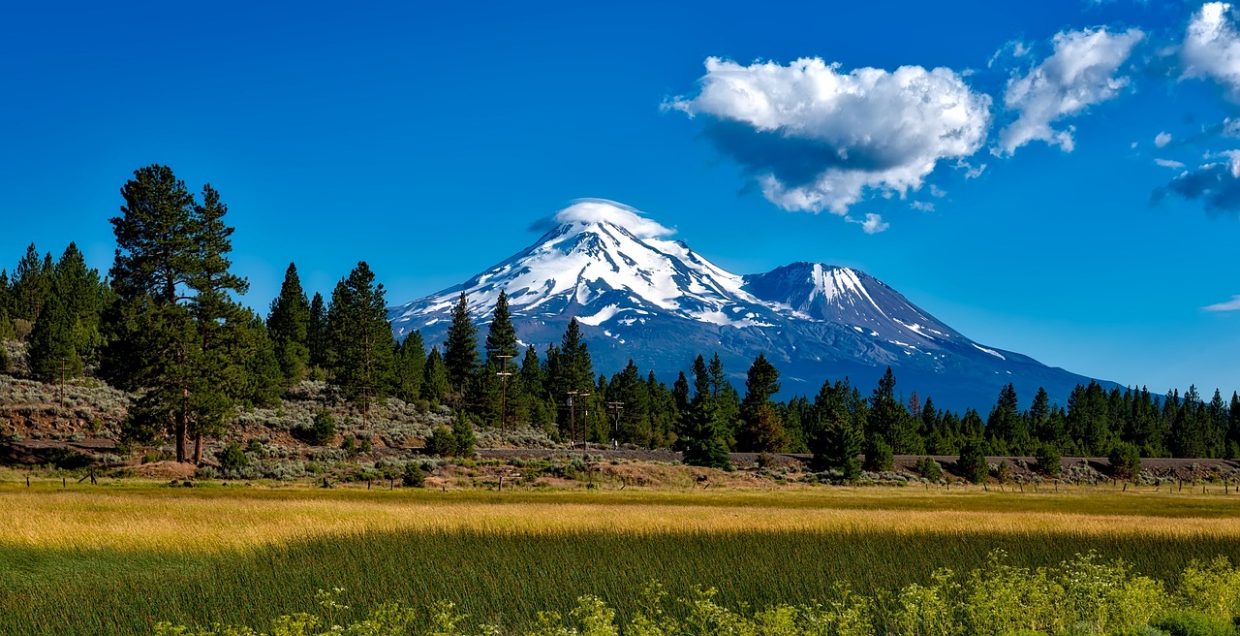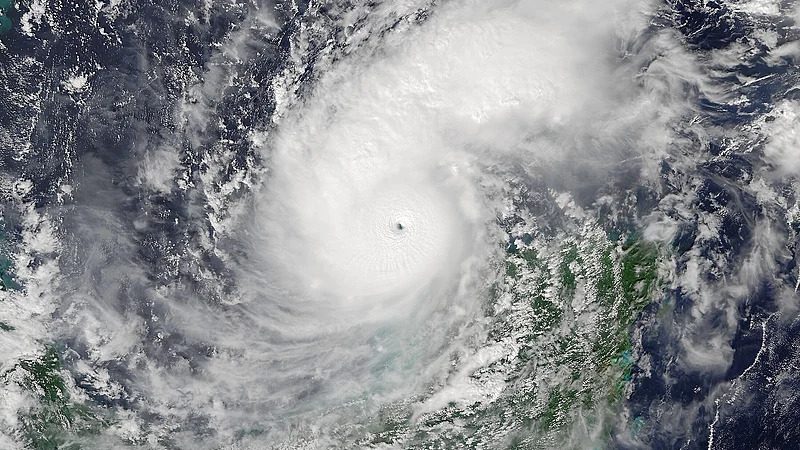Survival Strategies: How Plants Speak the Language of Climate Change

The impact of climate change on plant species, particularly those found in California’s coastline and coastal mountains, is becoming increasingly severe. Changes in temperature and rainfall patterns are pushing many trees to their limits. To save these trees from extinction, Lawren Sack, a professor of ecology and evolutionary biology at UCLA, suggests that if they could communicate, they would indicate their preferred habitats.
A groundbreaking new study conducted by Sack and his team has cracked the code. By analyzing leaves and woody stems, the researchers have discovered a hidden language in plant tissue that reveals the optimal environment for different species. This information can help scientists identify suitable new habitats for these plants and implement better protections for their existing habitats.
Currently, conservationists rely on the current locations of plant species to determine their preferred environment. However, this approach is flawed because many of these habitats are not ideal for the plants. Urbanization, industrialization, and climate change have already pushed many species to the limits of their habitats. Moving these species back to their current locations or solely protecting their existing habitats is not a viable long-term solution.
Cracking the Code: The Hidden Language of Plants
The new research, published in Functional Ecology, introduces a statistical model that determines a plant’s preferred temperature and rainfall based on various factors such as leaf anatomy, chemical composition, wood density, height, and wilting point. Unlike previous models, this model doesn’t just estimate what a plant can tolerate; it predicts what it actually prefers. Furthermore, it allows scientists to measure how much a plant’s current environment differs from its ideal climate.
Sack explains that this language of plants, deciphered from their tissues and physiology, provides valuable insights into their climate preferences and vulnerability to climate change. With just a leaf and a piece of wood, scientists can now give an accurate prediction of where a plant prefers to live.
The research team, which includes UCLA postdoctoral scholar Camila Medeiros, analyzed ten distinct leaf and wood traits from over 100 species across California’s various ecosystems. These ecosystems make up about 70% of California’s land area and include desert, coastal sage scrub, chaparral, montane wet forest, mixed riparian woodland, and mixed conifer broadleaf forest. The correspondence between the species’ traits and their unique climates is remarkable. For instance, plants native to warmer, drier climates tend to have shorter stature, thicker and denser leaves, and lower wilting points, enabling them to survive in water-scarce conditions and grow rapidly with more water availability.
Rethinking Conservation Strategies
The study also revealed that many plants occupy environments that differ from their optimal niche, suggesting that climate change will further exacerbate the vulnerability of these species. Common trees like the California buckeye and shrubs like the purple sage and California lilacs are among those at risk.
The strength of this study lies in its comprehensive approach, combining various measurement technologies and advanced statistical modeling to accurately predict a plant’s climate preferences. By applying all available tools simultaneously, the research team gained unprecedented predictive power.
This breakthrough has significant implications for conservation efforts. The ability to determine a plant’s preferred environment based on its functional traits can help prioritize the conservation of threatened species. With this newfound understanding, scientists can now work towards ensuring the survival of plant species in the face of escalating climate challenges.






